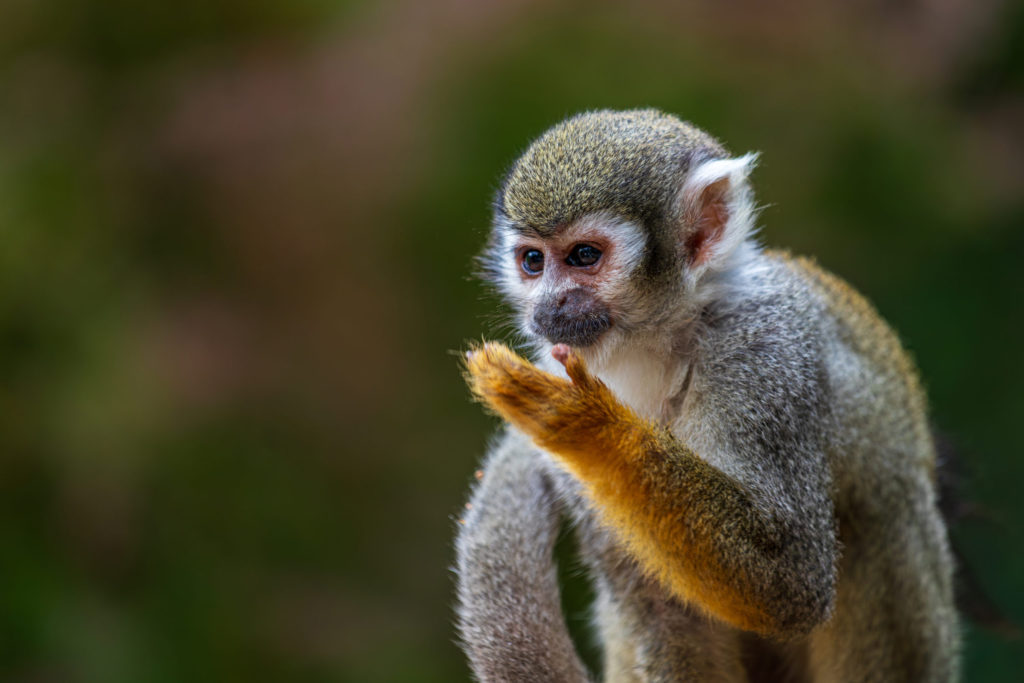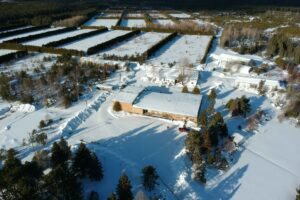ICMBio will define the list of species that will be sequenced. Genetic sequencing is a molecular biology laboratory technique capable of identifying the sequence of nitrogenous bases in genetic material. In the case of the human species, sequencing has been used for the development of medicines, treatments, diagnosis of diseases, among other applications.
For the species of Brazilian fauna and flora, the objective is to contribute to conservation programs and increase the value of the genetic heritage, both to improve the monitoring of biodiversity and to help subsidize the bioeconomy.“In order to be able to know what has naturally evolved in terms of the physiological functions of species from native crops, such as cocoa, it is necessary to have a deep knowledge of the genetic pool in order to select the most adapted ones for each area. This is not the case of transgenics, but of natural selection or crossing of plants,” Guilherme Oliveira, ITV’s Scientific Director said in the statement.Brazil is already sequencing biodiversity species, but, according to Guilherme Oliveira, GBB will be the first project in the global south to produce genetic and genome data on a large scale, thus becoming a route for genomic mapping of Brazilian biodiversity through a robust technological platform and the training of people.By the end of 2027, the GBB will produce 5,000 genomes of species from Brazilian biodiversity, with 80 species initially defined by ICMBio that will have a higher level of resolution to be cataloged with reference genomes.
About 20 researchers from ITV and more than 30 specialists from ICMBio’s 14 National Research and Conservation Centers, are involved in the first phase of the work, which will last five years.
“The objective is to generate a series of relevant information that will serve, for example, to identify species that need a captive breeding program because they are genetically impoverished in the wild. The idea is to make technology available to support species conservation actions,” said Oliveira.
“The project will generate important genomic metrics to support future assessments of the risk of extinction of threatened species in the country, to support management actions for endangered species, in addition to assisting in the implementation of actions provided for in the National Action Plans for the conservation of endangered species,” said Amely Martins, technical manager of the partnership at ICMBio.The genomic data obtained will contribute to expanding and improving the quality of genetic references of Brazilian biodiversity, an essential step for the large-scale use of environmental DNA technology in the country.
This technology allows, from an environmental sample, which can be soil, sediment, biofilm, water and even air, to identify the different species present in the environments of a location, enabling the monitoring and detection of invasive, rare, and threatened species, as well as obtaining comparative metrics of biodiversity between different locations and time windows.
This type of knowledge can be very useful, the companies said, for the recovery of degraded areas.
This article was published by: Amanda Stutt
Visit the original article here



